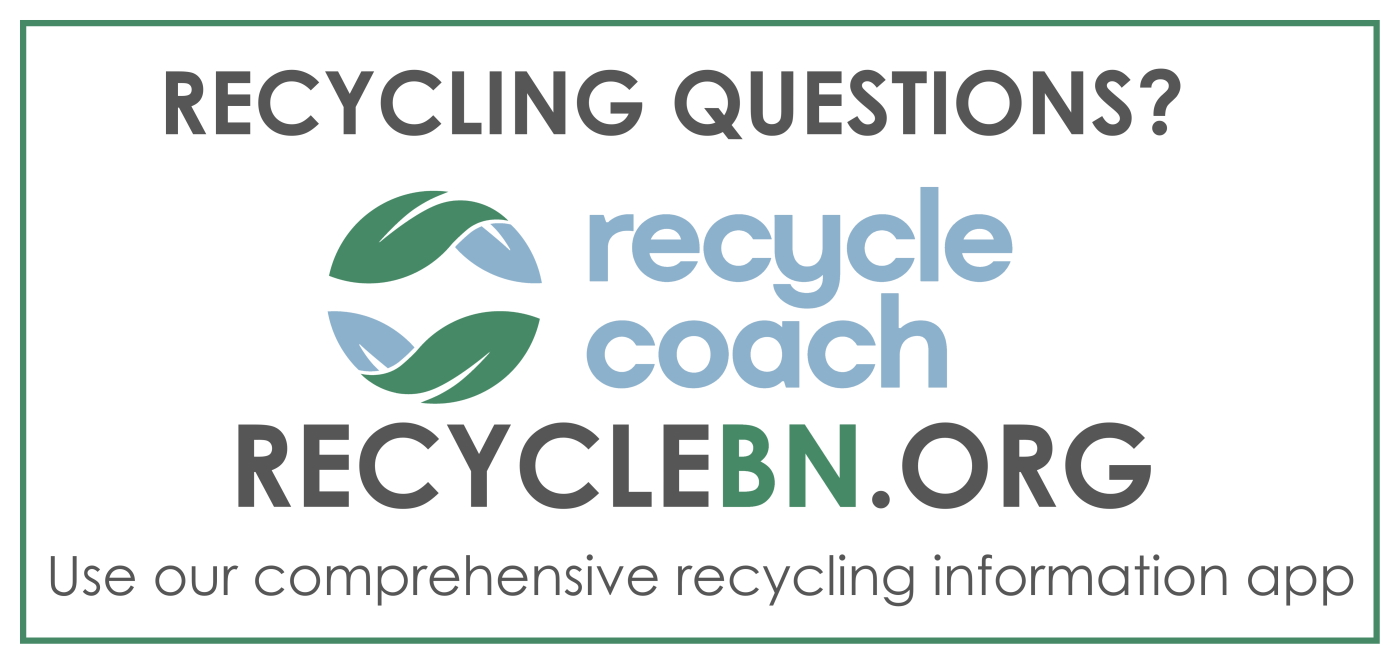2008 Baseline GHG Inventory
In 2014 the Ecology Action Center (EAC) completed the first inventory of greenhouse gas emissions for the Bloomington-Normal community. A greenhouse gas emissions inventory is a tool that quantifies carbon dioxide and related emissions, so that a community can both set baseline data and regularly assess progress towards meeting local goals for reducing emissions. Results are contained in the EAC’s report Bloomington-Normal Greenhouse Gas Inventory–Local Government Operations and Community-Scale Emissions, Baseline Year: 2008. The per capita emissions and sources for Bloomington-Normal for 2008 closely mirrored state and national rates and trends for that year.
 The baseline study reveals that the leading sources of greenhouse gases in Bloomington-Normal are from stationary energy usage such as electricity and natural gas for cooling, heating, and other needs including lighting and refrigeration in homes, businesses, industry, and local government. Electricity and natural gas emissions account for over three-quarters of the community-wide emissions. Vehicular transportation followed at almost 20% of the emissions. Stationary energy and transportation emissions are primarily attributable to combustion of fossil fuels.
The baseline study reveals that the leading sources of greenhouse gases in Bloomington-Normal are from stationary energy usage such as electricity and natural gas for cooling, heating, and other needs including lighting and refrigeration in homes, businesses, industry, and local government. Electricity and natural gas emissions account for over three-quarters of the community-wide emissions. Vehicular transportation followed at almost 20% of the emissions. Stationary energy and transportation emissions are primarily attributable to combustion of fossil fuels.
With the results from similar studies in hand, communities across the nation are implementing common-sense strategies that not only help reduce climate-changing greenhouse gases, but also save money, conserve energy, improve air quality, and preserve precious natural resources. The City of Bloomington and Town of Normal provided funding for this emissions study.
2015 GHG Emissions Inventory Update
In 2018 the EAC is working to complete a new emissions inventory, which will allow us to compare and contrast with the baseline to see what has changed since 2008. This time around the EAC will use the results to develop a community clean air plan to help reduce carbon dioxide and air quality emissions such as ozone.





